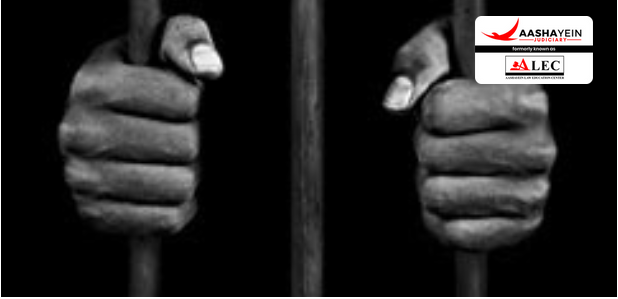The case of Sheela Barse v. State of Maharashtra is a landmark judgment in India, shaping the course of juvenile justice and human rights. Social activist Sheela Barse played a pivotal role by raising her voice against the inhumane conditions prevalent in Indian jails and juvenile homes, bringing attention to the need for reform and justice.
Facts of the case
Journalist Sheela Barse, based in Bombay, sought permission to interview female inmates in Maharashtra prisons. She was told she could only take notes during a taped interview and that the Inspector General had the final authority to grant such permissions, which were usually reserved for research purposes. When her authorization was denied, she argued that citizens have a right to know if jails are being managed lawfully. Her letter was treated as a writ petition under Article 32 of the Constitution.
Issues of the case
- Is the poor treatment of female prisoners justified?
- Does the mistreatment of female prisoners violate Article 21 of the Constitution?
- Are state authorities responsible for providing legal counsel to prisoners?
Petitioner’s Argument
The petitioner argued that under Articles 19(1)(a) and 21 of the Constitution, every citizen has the right to access information about institutions responsible for creating, enforcing, and implementing laws. She claimed that since individuals cannot stay informed on all public matters individually, public institutions, including the media, must provide this information. As a journalist, she asserted her right to collect and share information with the public.
You can also read the Blog by visiting [Blog]
For more information, visit [Aashayein Enquiry Section]
Respondent’s Argument
The respondents opposed this, stating that the Maharashtra Prison Manual regulates inmate interviews and that the petitioner did not follow the rules, leading to her license being revoked. They argued that interviews are typically only allowed for Ph.D. researchers or post-graduate fieldwork, and only inmates' family or legal counsel are generally permitted to meet them. The state further contended that unrestricted access to inmates would disrupt discipline and undermine the purpose of incarceration.
Analysis of the Court
The Court clarified that while Article 19(1)(a) guarantees the right to free speech and expression, this case focused on the broader interpretation of Article 21, which protects the right to life and personal liberty. The Court stated that "life" under Article 21 includes the rights of prisoners, whether convicted or awaiting trial, but these rights are subject to reasonable restrictions.
The Court acknowledged the public's interest in jail conditions and allowed journalists and public-minded individuals to conduct interviews with inmates. However, it emphasized that access to prisons must be regulated and not uncontrolled. Citizens do not have an unrestricted right under Articles 19(1)(a) or 21 to gather information from jails. Instead, access is permitted to ensure that prisoners' fundamental rights are upheld, but it must be carefully managed.
The Court rejected the petitioner’s claim for an unrestricted right to interview inmates. Instead, it directed the petitioner to seek permission from the appropriate authority, which would evaluate the request based on guidelines established in the case. The Court allowed the possibility of recording interviews but made it clear that tape recordings required special permission.
Concluding Remark
The Supreme Court ruled that while the public can visit jails to interview prisoners, this access must follow strict rules. It must comply with jail manuals and fair prison policies. Journalists must apply for permission, and prison authorities must ensure that interviews are conducted only with the inmate's consent. Coerced interviews are prohibited. Additionally, any information gathered from interviews must be verified by authorities to ensure accuracy before being made public, protecting both prisoners and the public interest

